Features of coarse sand and its scope
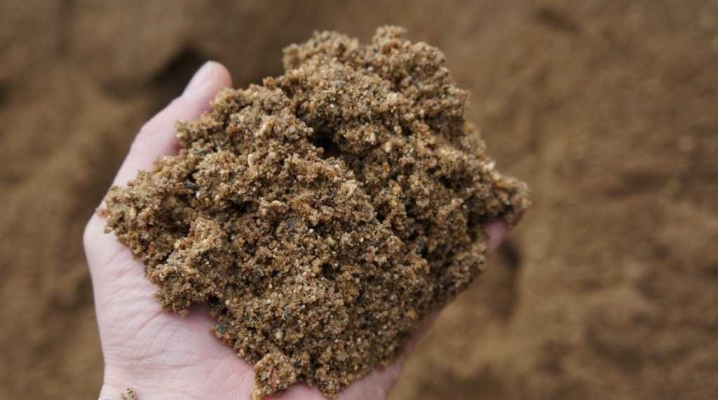
Sand is considered one of the most commonly used materials in construction, it is also widely used in households, manufacturing, educational and even medicinal purposes. Bulk material is famous for its unique properties, composition and variability of the size of fractions. The coarse-grained natural component has a number of features, thanks to which it is very popular.
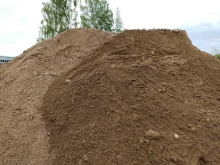
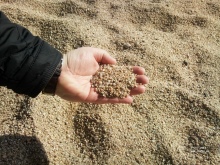
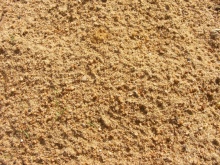
Properties
Natural material is formed due to the combination of minerals, rocks. The particles are of different sizes, do not stick together. Coarse sand can be found in quarries or at the bottom of water bodies. There is also an artificial method of extracting natural material by crushing rocks, for example, quartz. Therefore, the following types of material are distinguished, which have a name.
- Career... The grains of sand have an uneven surface. Such material is much more common.
- River... The grains of sand have a smoother surface, are heavy and therefore quickly settle to the bottom. Such material is less common and more expensive.
- Quartz... The grains of sand have a flat surface and are of the same size. The substance has reliable performance characteristics. The quality characteristics of a coarse-grained substance are determined by the presence of various impurities, for example, clay, pebbles, dust, crushed stone. The cleaner the sand, the higher the quality, and the more expensive it is.
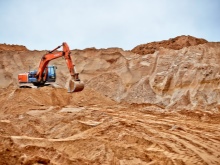


It should be noted that impurities are less common in river sand. In any case, the bulk material is purified by sieving, washing, or using modern technologies.
The sizes of grain fractions are measured in size modules.
- Coarse material, where the modulus is from 2.5 to 3.
- Material of increased size, where the indicator exceeds 3.
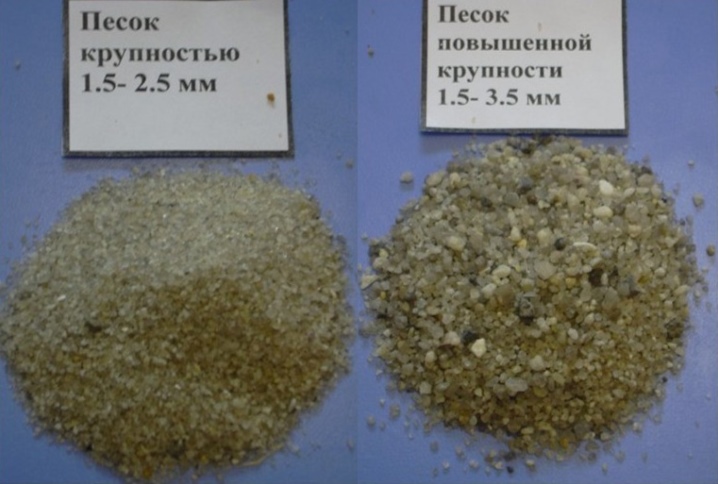
There are two classes of sand, which differ in the indicator of the presence of grains of different sizes and impurities. The density of a substance depends on the size of the internal cavities between solid particles. There are the following types of density.
- Real... This indicator is applied in practice. It is taken into account when using sand in various fields. The density index is influenced by the type of sand, the size of the fractions, and the presence of impurities. Determining the exact indicators is quite difficult. The fact is that the specific gravity is influenced by the moisture content of the substance. The higher the humidity, the higher the density.
It should be noted that the volume of a substance in a wet state changes to about 14%. Also, the density indicator reflects the type of occurrence of the substance. The sand can lie naturally, be poured, or be under water pressure.
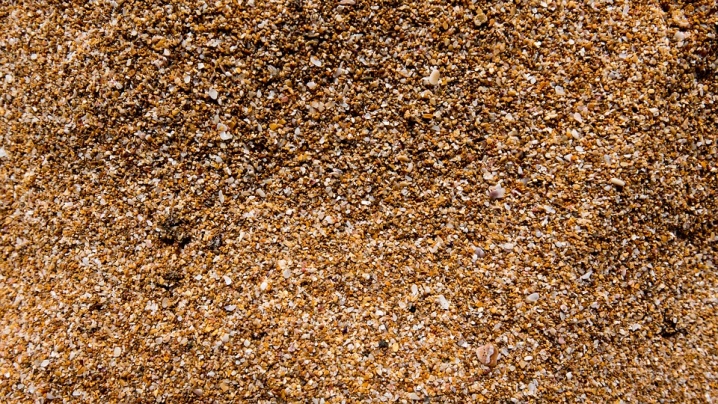
- Conditional... This indicator is determined in laboratory conditions using complex methods. The obtained figures differ in a larger way from the real density. The physical parameters of sand include the following.
- The ability to maintain its properties at low temperatures.
- Roughness, which ensures reliable adhesion in mortars.
- The ability to expand in volume.
- Low radioactivity allows the material to be used in any area.

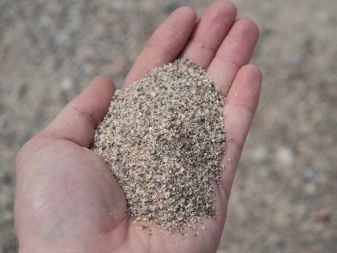
Requirements
Coarse sand differs in many ways. When using a material in a particular industry, a set of qualities is required that must meet certain requirements. Therefore, the following government standards have been developed.
GOST 8736-93
This standard corresponds to a substance predominantly with large grains having a rough surface. Such sand is distinguished by high frost-resistant indicators.... The grain size is not less than 2.6 fineness module. The presence of impurities up to 9% is allowed. The substance is gray in color.
The material is intended for work in heavy industry. It can be used to fill concrete. In road construction, such sand can be part of asphalt and other bulk materials. Use in monolithic production is also permitted.
Such sand is not intended for finishing work, as it contains a large number of various impurities.
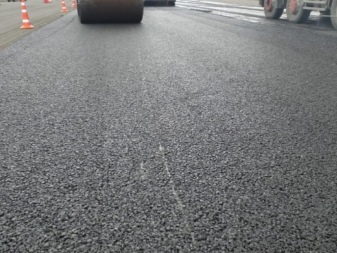

GOST 22856-89
Complies with this standard a free-flowing substance with large and small grains with a smooth surface. Such material is obtained by crushing natural rocks or from river channels. The substance is of high quality. The grain sizes vary from 2.2 to 3 size modules. The presence of impurities of 0.5% is allowed. The substance can have shades of golden, yellow, gray.
Sand of this quality is used as a constituent element of bricks, plaster and other components used in construction or decoration. However, during operation, it is necessary to constantly stir the mixture, since smooth particles quickly settle to the bottom.
In the manufacture of bulk materials, it is very important to comply with the required quality standards. This greatly facilitates the work and ensures the reliability and durability of the result.

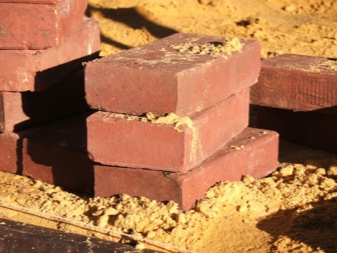
Choice
The choice of this or that type of sand is determined by its purpose, economic feasibility. For example, river sand is more suitable for making concrete. The material does not require thorough rinsing. Provides resistance to moisture, temperature extremes. However, it should be understood that determining the type of bulk substance is not enough to obtain the desired result.
In this case, it is also important to pay attention to the concrete grade. For each brand, there are acceptable grain size indicators. For example, for concrete grade M200 and below, fractions from 1 to 2.5 are suitable. For grades M350 and higher, fractions from 2.5 to 3.5 are suitable. When laying the foundation, fractions from 1.5 to 3.5 are used.
It is important to understand that the quality of concrete depends on the amount and composition of sand.

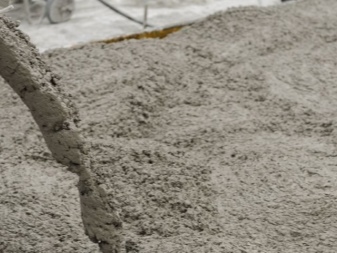
Quarry sand can also be used but only after thorough rinsing... As a rule, it is used in order to save money when there are no high requirements for the result. Due to the presence of a large amount of additional impurities, the material is not able to provide sufficient structural strength. Therefore, it can only be selected if heavy loads are not expected.
Quartz or gravelly types of material are obtained artificially. This requires significant financial, labor and time costs, therefore, from an economic point of view, it is unprofitable. This type of sand is often preferred in landscape design. This is due to the uniformity, evenness of the surface of the grains.
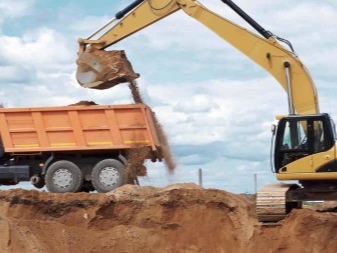
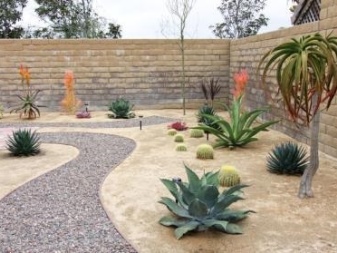
For any finishing work, production of industrial mixes, brickwork, tiles, it is recommended to choose a material with a minimum amount of impurities. River sand is suitable for this. The use of a quarry type of material is allowed in industrial production or where there are no strict requirements for the strength and stability of the final product.
When choosing sand on your own, you should carefully study the composition, characteristics, compatibility with other components of the mixture.
This is a rather important point, so do not neglect the recommendations of specialists. This will help you get the desired result without significant losses.
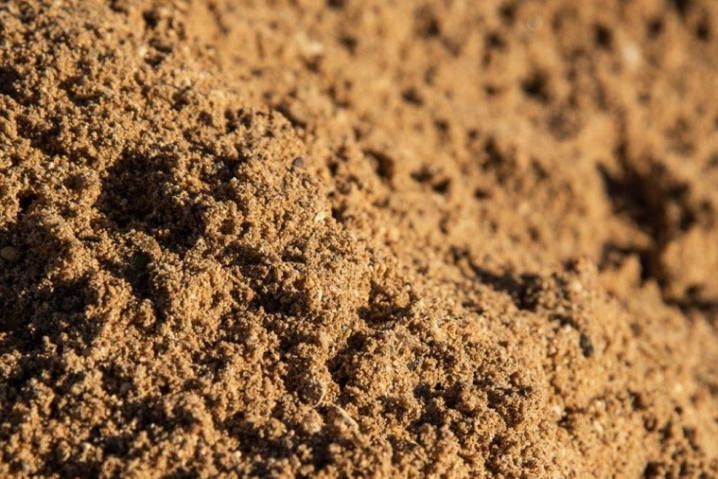
Application
Sand, consisting of large grains, is a natural, environmentally friendly material. It is breathable and moisture permeable. That's why it is used as a drainage, natural antiseptic.
Coarse sand in construction indispensable for the construction of a reliable foundation of the house... Without his help, it is impossible to prepare high-quality strong concrete. Sand used for the preparation of cement screed, plaster for walls or for finishing work.
The material is the basis of all roads, asphalt or tiled. Natural component is essential in the production of bricks, block structures. Due to the fact that grains of sand do not bind to water, they are added to various solutions. With this, the least shrinkage is achieved.
Many summer residents use beautiful smooth grains of sand as a decoration of the site... You can make small footpaths or decorative hills from them.
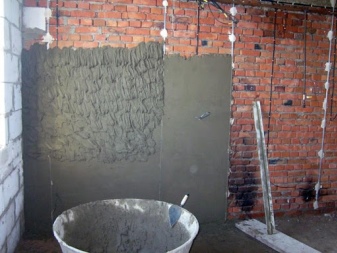
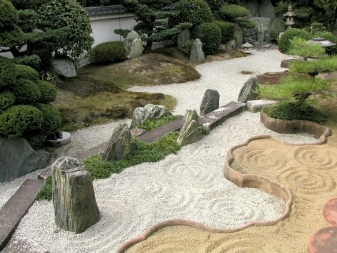
The correct application of coarse sand will provide the desired result, which will delight for many years.
For information on how to choose sand, see the next video.













The comment was sent successfully.